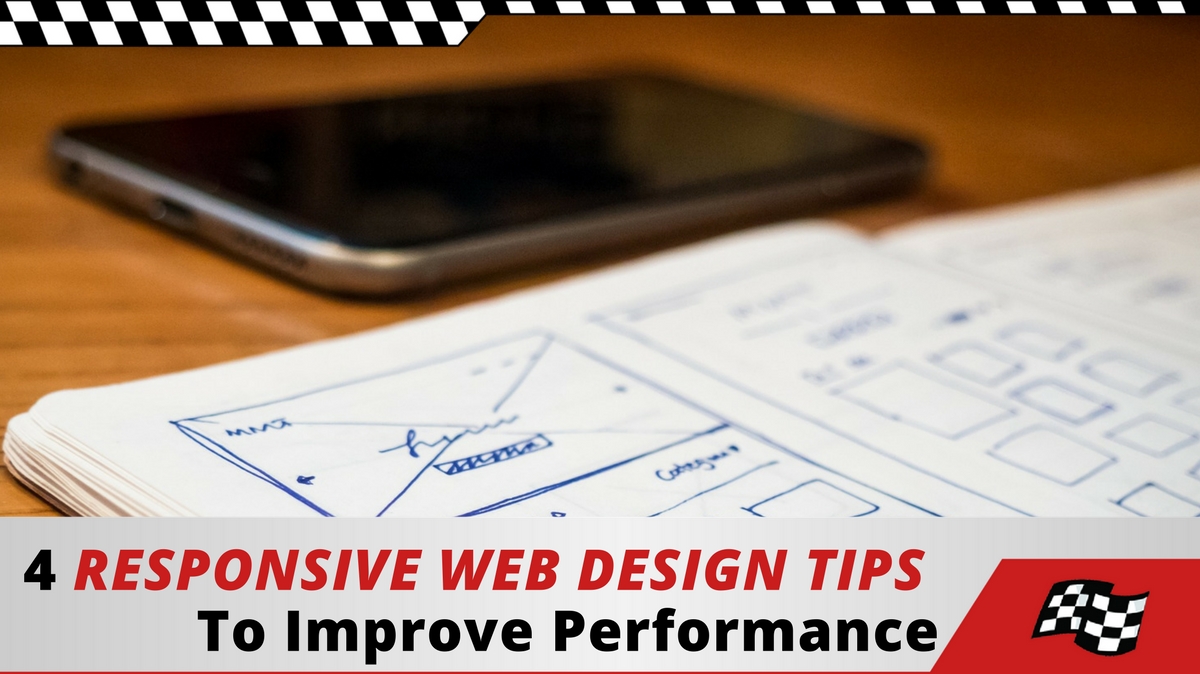
Although “responsive web design” is a relatively new term (it’s only been about 8 years since it’s been coined), in internet years it’s basically ancient. In this day and age, when consumers are using their desktop computers less and less for browsing the internet, responsive websites have become an absolute must.
What is responsive web design?
Put simply, responsive web design allows web designers to create a website that automatically “responds” to any device it’s being opened on, whether it’s a large screen Mac, the small screen of a smartphone, or any device in between.
Responsive websites can adapt to any environment to create a pleasant browsing experience for any and all users.
Why do you need it?
Having a responsive website is a must for one simple reason: Your audience and your customers are using their smartphones and tablets, not just their desktop computers, to visit your website. In fact, there are over 2 billion people and counting who own a smartphone.
Whenever you share a blog post or landing page on social media, chances are your audience will see it on their phones. If they can’t open and comfortably read it or take action while on their phone, they’re going to abandon the website and go back to Facebook or Twitter.
It’s that simple. I never spend more than a few seconds on a website that isn’t easy to use or doesn’t open quickly – do you?
A pleasant, quick, and easy browsing experience translates into traffic and conversions – which is the main reason why you need to have a responsive website. Not to mention, search engines take this into account when establishing your ranking.
The only other option is to create separate websites for mobile devices and for desktop. However, that means more work and fewer results. You’ll need to promote each website, work on each ones’ ranking, etc.
So, how do you get started? Here are my top 4 responsive web design tips to help improve performance and user experience:
1. Think mobile first
In many cases, designers focus on designing the desktop version of the website first, leaving mobile for last. But, with so many audiences visiting websites via mobile devices, that could prove to be a mistake.
If your website is overloaded with information, it might look OK on desktop, but it won’t provide as good of an experience on smaller screens. By focusing on mobile along with desktop, you can create a better user experience as the website will be less crowded, easier to use and navigate, and will contain less unnecessary content.
2. Use responsive images on your website
Images provide color and life to your website, and they make browsing a website a more pleasant experience. In order to make them look great on any device and on any screen size, use responsive images.
With responsive images, you can make sure that, no matter the size of the screen, your images will adapt automatically, changing their size and resolution, as well their format and quality and, in some cases, even their actual content. Your images will be clearly visible on desktops and other smaller devices, and even adapt if you resize the browser window on your desktop.
To achieve this, you should prep the images on your website in various resolutions so that the browser can load the correct one when needed.
3. Keep navigational links to a minimum
On a desktop screen, you can add all kinds of links, icons, and sidebars to help people navigate your website. On a smaller, smartphone screen…not so much. The more options you have, the busier your website looks, which makes it difficult to navigate.
That’s why good mobile-friendly websites only have a few navigational options (about 4 or 5): The most important ones.
Not only that, but those options need to be clearly visible and spaced out enough so that people don’t accidentally click on the wrong one and get taken to a different page. People have little patience and might even abandon your website because of this.
Take a moment to evaluate your website and decide on the most important navigational links and elements you absolutely need to have – no more and no less. Some of the important links you need might include:
- About page
- Contact page
- Blog
- Services or products pages
4. Remove unnecessary content
One of the pillars of great mobile websites is simplicity. Too much content or too many elements makes websites hard to read or browse through, and not to mention that it also increases your websites’ weight – meaning, it could also affect your website speed.
Audit your website and decide what you can change and remove:
- Page elements: There could be thousands of elements on your pages. What can you remove?
- Text: It’s much more difficult to read on a smaller screen, not to mention that too much text will make your pages look crowded, making for an unpleasant browsing experience. Try to remove any unnecessary text and only use as much as you need to get the point across.
- Images: Images usually form the majority of a websites’ weight, which also means they could be a big reason why your website is moving slower than you’d prefer. While images can create a better browsing experience, there probably are some that you can safely remove from your site without negatively impacting it.
Conclusion
With so much website traffic coming from smartphones and tablets, it’s essential that we make the mobile browsing experience just as simple and pleasant as it is on desktop. Following these tips will help you do so and position your site for success regardless of how visitors reach it.


2 Responses to 4 Responsive Web Design Tips to Improve Performance